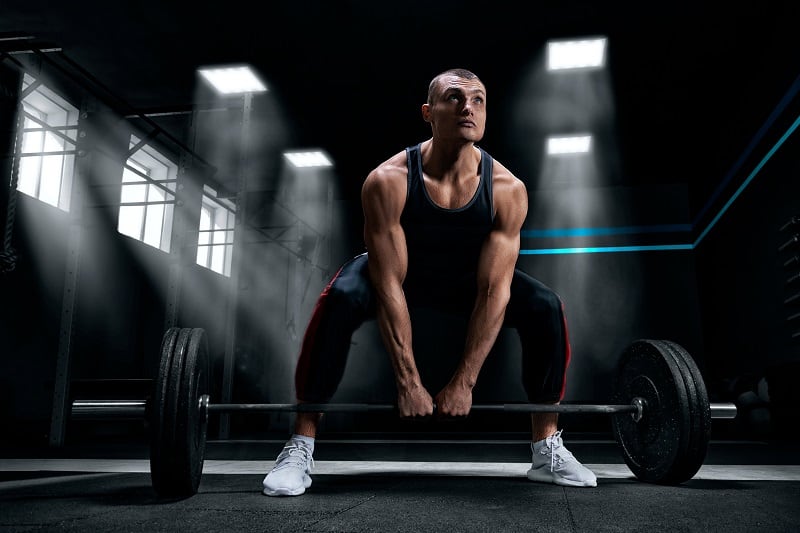Looking to add a powerful move to your workout routine? The deadlift is a popular choice in the weight training community for its ability to safely lift heavy objects off the floor. This exercise isn’t just for athletes – it can benefit anyone looking to improve performance and functional movement. Regardless of the deadlift variation you choose, proper form is essential for success.
Which Muscles are Targeted by Deadlifts?

The deadlift is a full-body exercise that engages muscles such as the glutes, quads, hamstrings, abdominals, erector spinae, traps, lats, rhomboids, and obliques when performed correctly. Core engagement is crucial across all deadlift variations to protect the lower back and spine from injury.
Benefits of Incorporating Deadlifts

Deadlifts improve strength in the lower body, core, and upper body. They activate the glutes and hamstrings, enhance power for activities like jumping, and strengthen the core to reduce lower back pain. Proper form and technique are key to reaping these benefits.
Executing a Deadlift with Proper Form
The deadlift focuses on hinging through the hips, requiring mobility in the hips, knees, and ankles. Keeping the barbell close to the body minimizes strain on the spine. Start with feet shoulder-width apart, hinge at the hips, engage the core, and lift the bar with proper grip and posture. Maintain a straight back throughout the movement to prevent injury.
Exploring Variations in Deadlifts

Don’t limit yourself to traditional barbell deadlifts. Dumbbells, kettlebells, and sandbags offer alternative resistance options. Single-arm and single-leg deadlift variations can add diversity to your workout routine.
Final Thoughts on Deadlifts
Deadlifts are a versatile exercise that can lead to significant strength and stability improvements when performed correctly. Start with lighter weights and focus on perfecting your form before progressing to heavier loads. With consistency and proper technique, you’ll see progress and avoid potential injuries.

